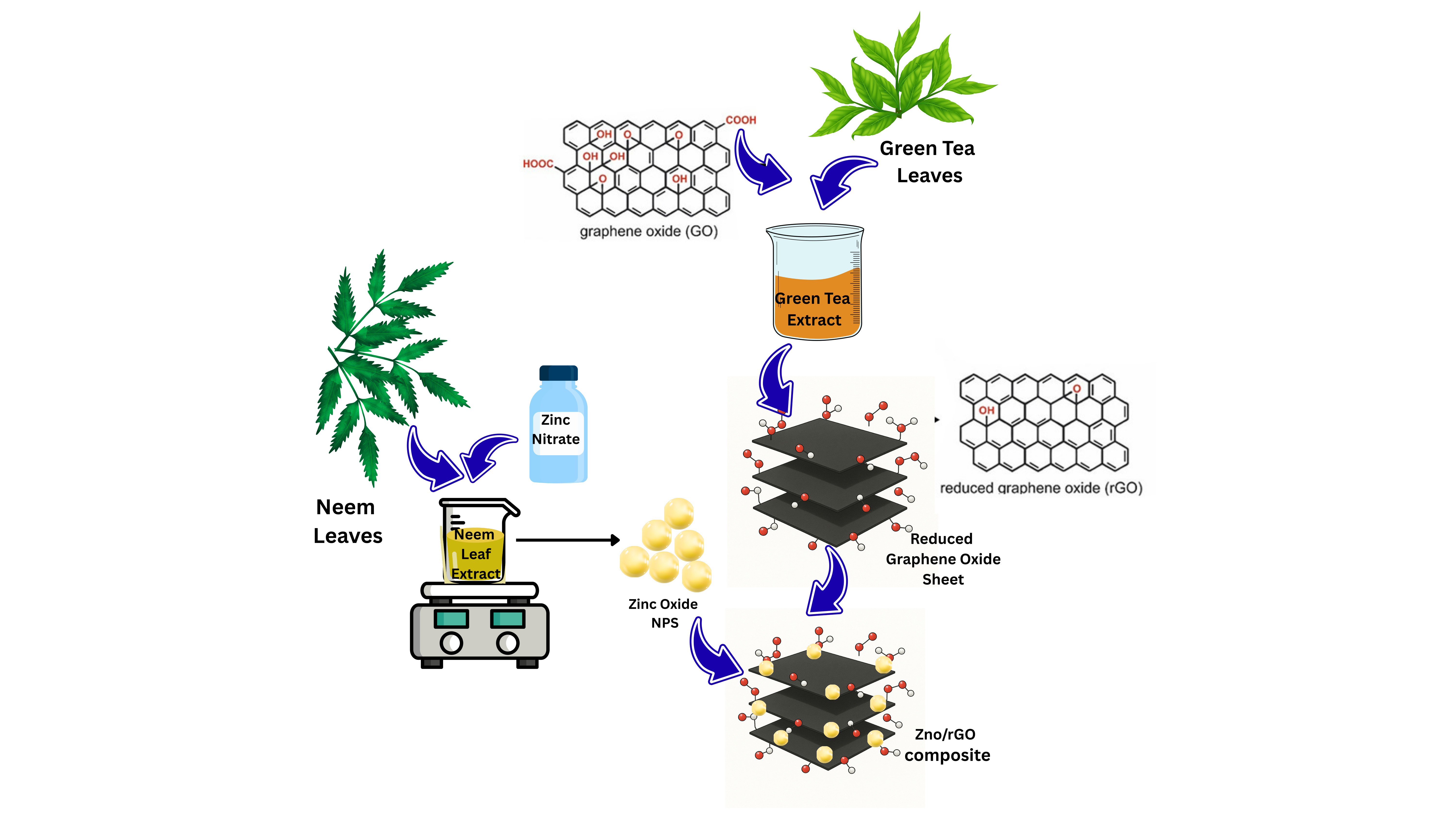Magnetic Graphene Oxide-Alginate Composite for Pb²⁺ Removal
This research explored the use of a magnetic graphene oxide calcium alginate composite (MGO@CA) for rapid removal of Pb²⁺ ions from aqueous systems. The composite demonstrated a maximum adsorption capacity of 270.27 mg/g, as per the Langmuir isotherm model, and followed pseudo-second-order kinetics, suggesting chemisorption.
MGO@CA's magnetic properties facilitated easy separation, maintaining 82.28% of its adsorption capacity after five regeneration cycles. Calcium alginate (CA) effectively bound graphene oxide (GO), preventing leaching and preserving its adsorption efficiency. FTIR analysis indicated a reduction in peak intensity post-adsorption, confirming the involvement of functional groups in Pb²⁺ ion binding.
Additionally, magnetic properties were quantified using a vibrating sample magnetometer (VSM), demonstrating the composite's ferromagnetic behavior, making it highly efficient for large-scale water treatment applications.

